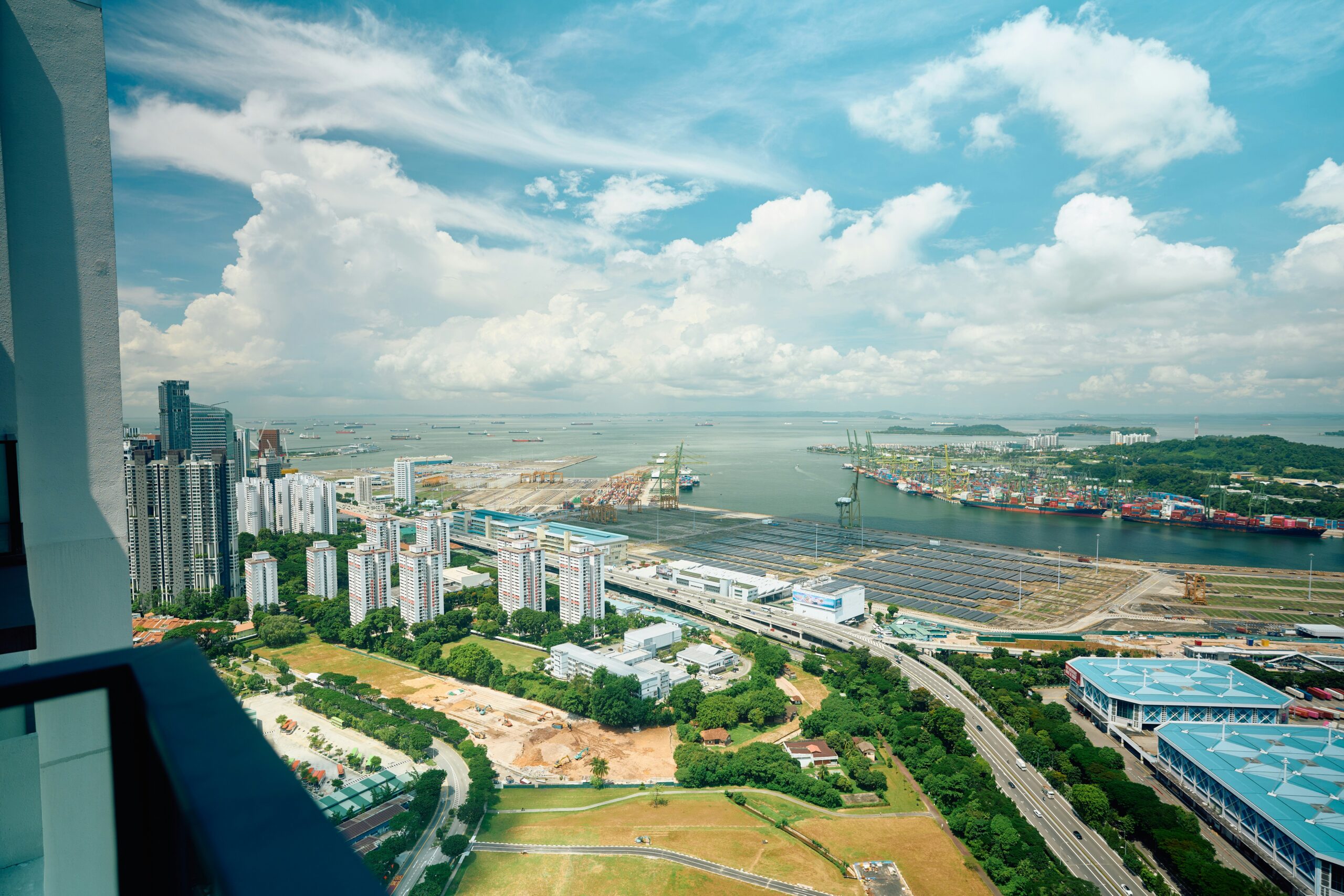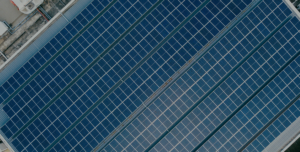Singapore’s Carbon Pricing Act (CPA) is reshaping costs and compliance for the country’s largest emitting facilities. With tax rates at S$25/tCO₂e today, rising to S$45/tCO₂e in 2026 and set to reach S$50–80/tCO₂e by 2030, carbon costs are becoming a material factor for liable companies. And as recent developments in climate disclosure show, delays in regulation do not reduce scrutiny — investors and capital providers already expect credible emissions data and action.
Singapore Carbon Pricing Act at a glance

≥25,000 tCO₂e threshold
Applicable to industrial facilities with ≥25,000 tCO₂e direct (Scope 1) emissions per year. Facilities crossing 2,000 tCO₂e must register as reportable; those crossing 25,000 tCO₂e are taxable.

~50 taxable facilities
Currently, there are ~50 taxable facilities from ~40 companies that are subject to the carbon tax. These numbers are estimates from UNFCCC and IETA, as the Government does not publish facility-level data.

Liable sectors
Three sectors are prescribed by the CPA:
- Manufacturing and manufacturing-related services
- Supply of electricity, gas, steam, compressed air and chilled water
- Water supply, sewage and waste management
These facilities account for the bulk of Singapore’s industrial emissions. For companies in scope, compliance is only the starting point; the larger challenge is managing rising costs and aligning sustainability, procurement, and finance to build long-term resilience.
Carbon Tax Compliance Framework
Tax rate path
Singapore’s carbon tax is charged per tonne of greenhouse gas emissions. It began at S$5/tCO₂e in 2019, rose to S$25 in 2024, and will increase to S$45 in 2026–27. By 2030, the rate is expected to reach S$50–80. For liable companies, this escalation means tax bills will more than double again within the decade, requiring proactive cost planning and risk management.
Using carbon credits for compliance
Facilities may offset a portion of their taxable emissions with International Carbon Credits (ICCs). To qualify, credits must meet the National Environment Agency’s (NEA) eligibility criteria, be authorised by host countries under Article 6 with corresponding adjustments, and appear on NEA’s official Eligibility List. They must then be retired in approved registries and supported by an Evidence of Retirement (EOR) submitted by 31 August (RY+1). These rules ensure credits are not double-counted and are fully recognised for carbon tax obligations.
The standard limit is 5% of taxable emissions, but a rollover means facilities may offset up to 10% of their 2025 taxable emissions due to supply constraints in 2024. Operationally, credits used for this expanded allowance must still be retired in 2026 for 2025 emissions. Companies should plan credit purchases early, as demand is expected to tighten and late procurement may lead to higher costs or ineligible supply.
Transition allowances
Certain emissions-intensive, trade-exposed industries (e.g. petrochemicals, semiconductors) receive transition allowances administered by the Economic Development Board (EDB). These allowances temporarily reduce taxable emissions but decline each year. Allocations are benchmarked to efficiency and linked to decarbonisation plans, so facilities that lag behind risk lower allowances. Even with this relief, full reporting is still required, and corporates should model forward liabilities now — today’s allowances will not prevent rising tax costs by 2030.
Key annual deadlines
Note: Reporting of Scope 1 (direct) and Scope 2 (electricity) emissions is already mandatory for all listed companies, regardless of delays in broader climate disclosure requirements.
✓ 30 June (RY+1): Mid-year reporting
✓ 31 August (RY+1): ICCs (if applicable)
✓ 30 September (RY+1): Final settlement
SG Carbon Tax Checklist
Understanding the framework is important, but execution is where corporates can be challenging. To support smooth compliance, we’ve created a checklist that outlines the essential actions for taxable facilities for three key corporate functions:
Sustainability Teams
Focus: Accurately measuring GHG emissions, maintaining compliance with regulatory requirements, and advancing the organisation’s decarbonisation goals.
✓ Confirm all compliance foundations
✓ Annual reporting & verification items to deliver
✓ Strengthen long-term value
Procurement Teams
Focus: Ensuring that International Carbon Credits (ICCs) used for compliance are sourced responsibly and meets NEA’s eligibility requirements.
✓ Build sourcing foundations of ICCs
✓ Identify and pre-qualify credible developers
✓ Track NEA updates on eligibility & host-country agreements
Finance Teams
Focus: Managing the organisation’s exposure to carbon tax, ensuring timely payment of obligations, and integrating future carbon costs into budgeting, reporting, and strategic planning.
✓ Forecast liabilities based on emissions, allowances and ICC use
✓ Annual compliance items to deliver
✓ Build carbon cost scenarios into financial risks
5 Ways Companies Can Turn Carbon Tax into Strategy
While the policy introduces costs, it also creates opportunity. By weaving compliance into business strategy, companies can shift from reactive cost management to proactive value creation. Read the five areas that stand out.
Navigating Singapore Carbon Tax with CIX
CIX partners with corporates in Singapore to navigate the evolving carbon tax landscape, offering end-to-end solutions to support the integration of International Carbon Credits (ICCs) into compliance strategies. By combining our strategic insights and deep market expertise with our robust networks and operational capabilities, we translate your compliance requirements into a tangible procurement strategy.
Tap on our Knowledge Partners
Leverage our carbon market expertise, stay informed on updates to NEA standards and evolving eligibility criteria for ICCs and access daily carbon pricing assessments and insights from us for long-term carbon cost planning.
Access ICCs and stay ahead of supply constraints
Leverage our extensive network and diverse pipeline of ICC projects. Benefit from early insights into registry processes, credit tagging and admin procedures to optimise procurement strategies.
Seamless procurement solutions
We provide tailored sourcing and negotiation services for both spot and forward transactions that align with your operational and compliance needs.
We offer Comprehensive credit management
Fully integrated transaction services, managing procurement, settlement, custody, and retirement of ICCS, reducing operational overhead for you. We can hold credits on your behalf, without the need for your own registry accounts.
Download CHECKLIST
Access the complete Singapore Carbon Tax Checklist, designed to help each corporate function navigate compliance confidently.
SG Carbon Tax Checklist Form
"*" indicates required fields







